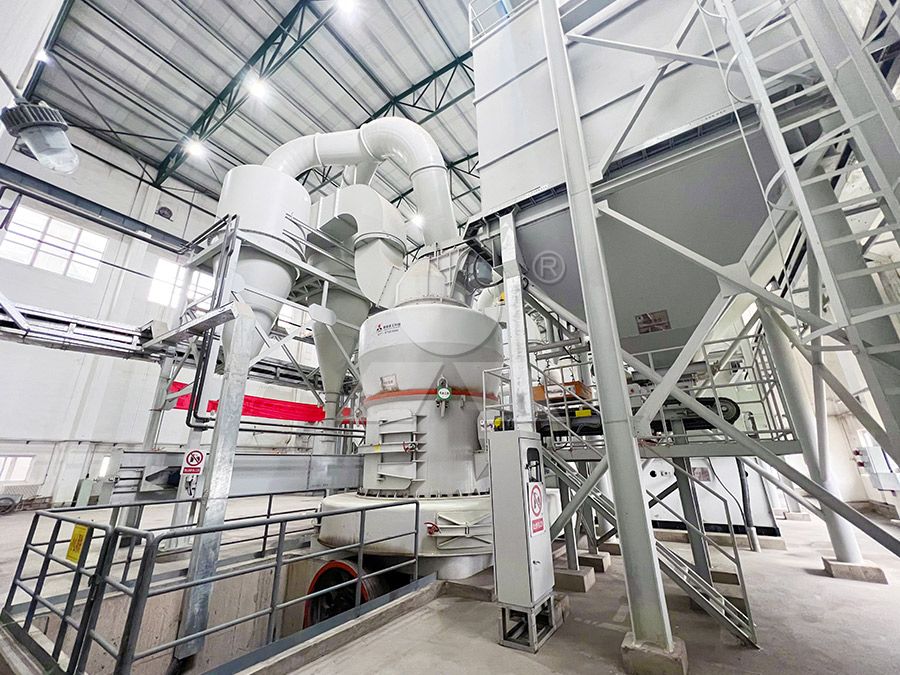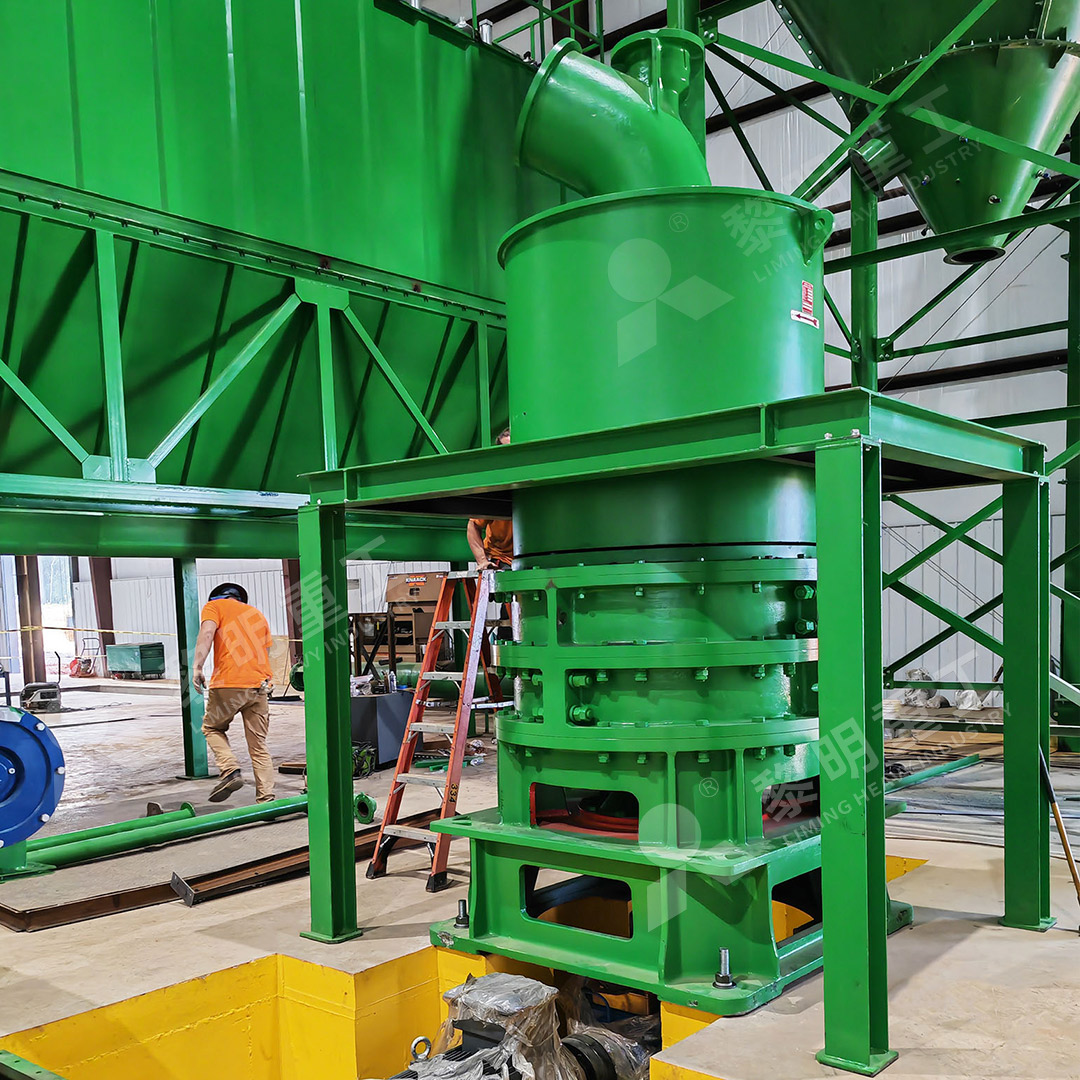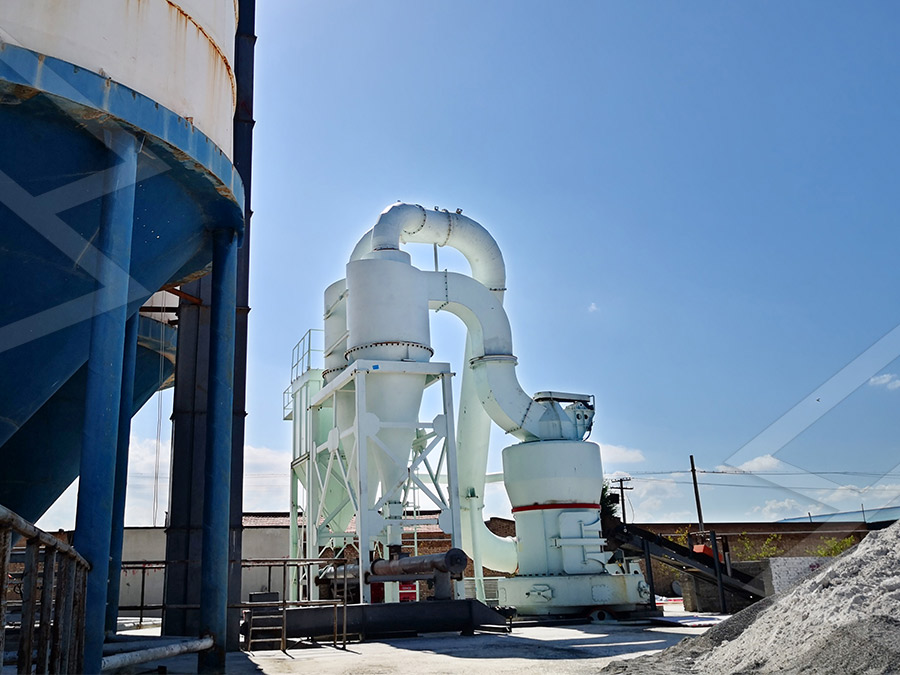Complete Garnet Grinding Plant Machinery for Industrial Powder Production
Complete Garnet Grinding Plant Machinery for Industrial Powder Production
In today’s competitive industrial landscape, producing high-quality garnet powder requires more than just basic grinding equipment—it demands a complete, integrated solution that maximizes efficiency while minimizing operational costs. Garnet’s exceptional hardness and abrasive properties make it invaluable for waterjet cutting, sandblasting, and precision surface preparation, but these same characteristics present significant challenges for grinding operations.
A comprehensive garnet grinding plant must address multiple critical factors: precise particle size control, energy efficiency, environmental compliance, and operational reliability. The selection of appropriate machinery directly impacts product quality, production costs, and overall profitability.

Advanced Grinding Solutions for Superior Garnet Processing
Traditional grinding methods often fall short when processing hard abrasive materials like garnet. The extreme hardness (7-7.5 on Mohs scale) accelerates wear on conventional grinding components, leading to frequent maintenance downtime and contamination from worn parts. Modern grinding technology has evolved to overcome these limitations through innovative engineering and specialized material science.
Among the standout solutions for ultra-fine garnet powder production is the MW Ultrafine Grinding Mill. This advanced system represents a significant leap forward in grinding technology, specifically engineered for challenging materials like garnet. With an input size capacity of 0-20 mm and production rates ranging from 0.5 to 25 tons per hour, this machine delivers exceptional performance across various production scales.
The MW Ultrafine Grinding Mill distinguishes itself through several groundbreaking features. Its innovative grinding chamber design eliminates rolling bearings and screws in the grinding zone, addressing common failure points that plague conventional mills when processing abrasive materials. The external lubrication system enables continuous 24-hour operation without shutdowns for maintenance. Most impressively, the mill achieves fineness levels between 325-2500 meshes with screening rates reaching d97≤5μm in a single pass, ensuring consistent product quality while reducing energy consumption by up to 40% compared to traditional grinding systems.
Integrated Plant Design for Maximum Efficiency
A complete garnet grinding plant extends beyond the primary grinding mill to include auxiliary systems that ensure smooth, continuous operation. Proper material handling, classification, dust collection, and packaging systems must work in harmony to create a seamless production environment. The integration of these components requires careful planning and expertise to avoid bottlenecks and optimize workflow.
For operations requiring vertical grinding solutions, the LUM Ultrafine Vertical Grinding Mill offers compelling advantages. This system processes materials with input sizes up to 10 mm and delivers 5-18 tons per hour of precisely controlled garnet powder. Its unique roller shell and lining plate grinding curve design generates stable material layers, enabling high finished product rates through single-pass milling. The PLC control system and multi-head powder separating technology provide unprecedented control over grinding parameters, reducing energy consumption by 30-50% while maintaining exceptional product quality.

Environmental Considerations and Operational Safety
Modern garnet processing facilities must prioritize environmental protection and workplace safety. The MW Ultrafine Grinding Mill addresses these concerns through integrated pulse dust collectors and advanced noise reduction systems. The completely sealed grinding environment prevents garnet dust from escaping into the workplace, protecting both workers and equipment. The efficient pulse dust collection system ensures compliance with stringent environmental regulations while recovering valuable product that would otherwise be lost.
The digital processing capabilities of modern grinding systems provide additional operational benefits. With numerical control governing everything from steel plate cutting to final assembly, these machines achieve exceptional precision in their core components. This manufacturing excellence translates to longer service life, reduced vibration, and more consistent performance—critical factors when processing hard, abrasive materials like garnet.
Technical Support and Long-Term Reliability
Investing in garnet grinding machinery represents a significant capital commitment, making long-term reliability and technical support essential considerations. Comprehensive service packages, genuine spare parts availability, and expert technical assistance ensure continuous operation and protect your investment. The robust construction and thoughtful engineering of modern grinding systems minimize unexpected downtime while maximizing production efficiency.

Frequently Asked Questions
What makes garnet particularly challenging to grind compared to other minerals?
Garnet’s exceptional hardness (7-7.5 Mohs) and abrasive characteristics accelerate wear on conventional grinding components. Specialized mills like the MW Ultrafine Grinding Mill address this through unique chamber designs that eliminate vulnerable components from the grinding zone and utilize advanced wear-resistant materials.
How does the MW Ultrafine Grinding Mill achieve such significant energy savings?
The mill incorporates newly designed grinding curves for the roller and ring that dramatically enhance grinding efficiency. Compared to jet mills and stirred mills with equivalent fineness and power, it delivers 40% higher capacity while consuming only 30% of the energy of conventional jet grinding systems.
What particle size range can I expect from modern garnet grinding systems?
Advanced systems like the MW Ultrafine Grinding Mill produce garnet powder ranging from 325 to 2500 meshes, with the capability to achieve d97≤5μm in a single processing stage. The German-designed cage-type powder selector ensures precise particle size control and consistent product quality.
How do these systems address environmental concerns regarding dust and noise?
Integrated pulse dust collectors completely contain garnet dust within closed systems, while specialized silencers and noise elimination rooms reduce operational noise to compliant levels. The entire production process adheres to national environmental protection standards.
What maintenance advantages do modern garnet grinding mills offer?
The absence of rolling bearings and screws in the grinding chamber eliminates common failure points. External lubrication systems enable maintenance without production stoppages, while digital monitoring systems provide early warning of potential issues before they impact operations.
